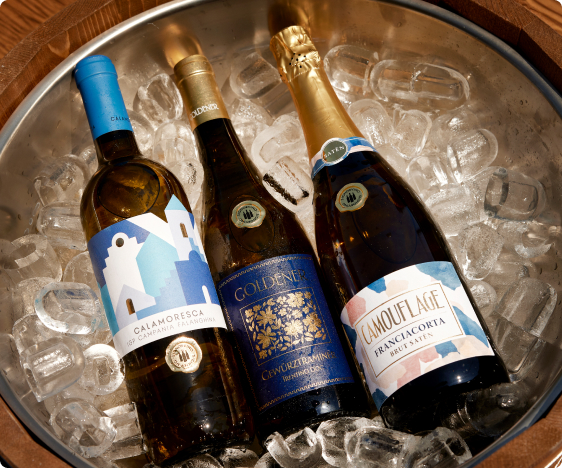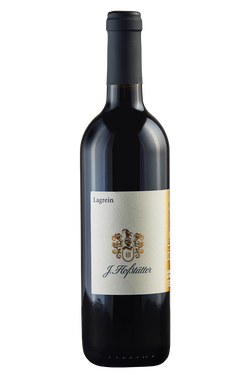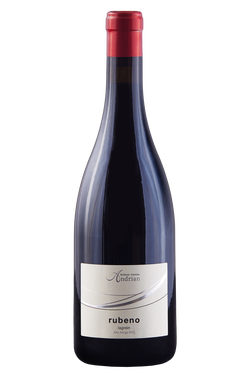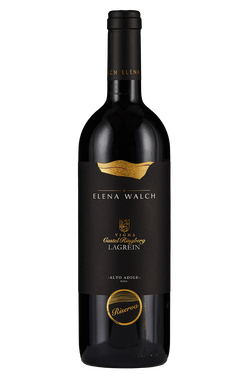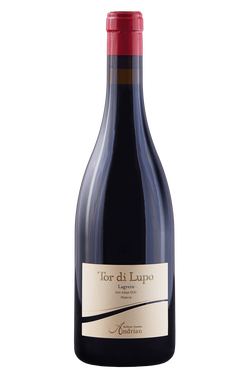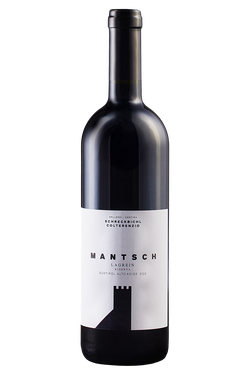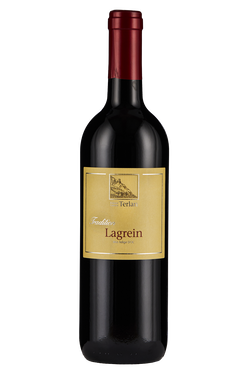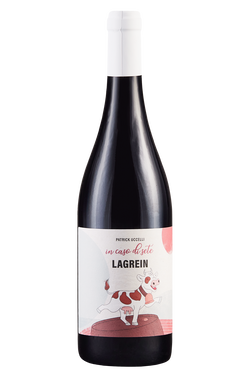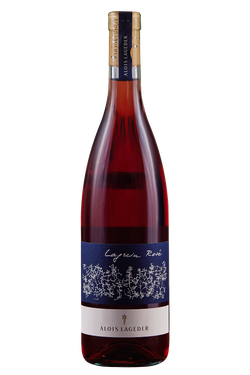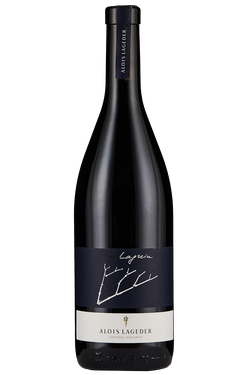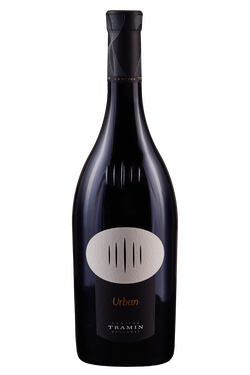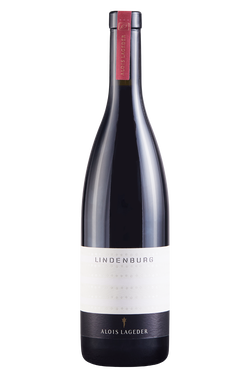LAGREIN WINE: AN ALTO ADIGE HISTORY
Lagrein is one of the most typical wines of Alto Adige. However, its origin, as often happens, is not clear. There are those who maintain that the name Lagrein derives from that of nearby Val Lagarina, but many attribute the origin to Magna Graecia, where, specifically in the Lagara colony, Lagaritanos wine was produced. Many recent ampelographic studies, however, trace the origin of Lagrein to nearby France, in particular Burgundy. In fact, the Lagrein variety, together with Teroldego (another historic variety from Alto Adige), apparently descend genetically from the more widespread Pinot Nero (Pinot Noir). Although the earliest written evidence dates back as far as 1097 – an edict which decreed the harvest regulations for the monks of Gries –, the most curious testimony was set in 1370. After naming it “pesten Poczner” (best wine of Bolzano), Emperor Charles IV banned military troops from drinking it, as he preferred to allocate them lighter wines better suited to their challenging missions. This is probably the reason behind the time-honoured practice of producing Lagrein as a rosé, less intense and less noble, while the red was historically intended for the rich and powerful, becoming a symbol aimed at the ruling class. The greater spread of Lagrein rosé compared to the red occurred up to the second half of the 20th century, when Lagrein rosso regained pace thanks to the tireless efforts of producers, and conquered the palate of consumers thanks to its velvety fullness and its soft acidity.
CULTIVATION OF THE LAGREIN VARIETY
In terms of Italian wines, the area of Bolzano is particularly famous because Lagrein wine is produced there. In fact, the Lagrein variety has found its ideal production area in the Bolzano basin due to the mild temperatures, which can reach as much as 40°C, and its warm and sandy soil. The highest concentration of vines is found in the valleys west of Bolzano, but especially in and around the district of Gries in Bolzano. Gries, however, was originally a town rather than a district. The huge urban expansion of Bolzano, which ended up absorbing the small town, was the cause of a drastic reduction of Lagrein vineyard plantings. Luckily, this trend was reversed: from 250 hectares in the 1990s, today Lagrein covers an area of almost 700 hectares. This is, however, a rather rare variety: to put this into context and by way of comparison, over 140,000 hectares of Italian soil are covered by another much more widespread red grape variety, Cabernet Sauvignon. Although the oldest vineyards of Lagrein are arranged mainly using a pergola system, those created more recently predominantly use the Guyot training system. Lagrein is late ripening, and the harvest is usually carried out between the middle and end of October. There are two different biotypes of Lagrein according to the shape and size of the grape cluster: short cluster biotype and the long cluster biotype, which differs from the first by its greater vigour and sensitivity to millerandage, and lower production yields, especially in not particularly favourable climatic conditions.
CHARACTERISTICS OF LAGREIN
Lagrein is probably the most typical red wine from Alto Adige, and it stands out for its fruity character and the intense colour, derived from a yield of less than 10,000 litres per hectare. The characteristics of Lagrein depend on various factors. First of all, vinification. Some producers even use international varieties such as Cabernet Sauvignon or Merlot, while others prefer to make monovarietal Lagrein, a process which preserves its peculiarities. As a monovarietal, Lagrein wine is fruity, full-bodied e tannic. It has a broad bouquet which ranges from berries, to violet, cherry, and includes notes of mushrooms, pepper and undergrowth. When rested in barrels, the bouquet is enhanced with intense spicy notes. This is mainly the case with Lagrein Riserva, which undergoes a barrel-ageing process for more than two years before it can be released on the market. The alcohol content of Lagrein is not particularly high, Lagrein wine has an ABV of between 13 and 13.5%. Lagrein takes centre stage in the blending of various wines, both from Trentino and from Alto Adige with DOC designation, such as Alto Adige DOC Lagrein and Trentino DOC Lagrein.
LAGREIN WINE: PAIRINGS AND TASTING
The right temperature for tasting Lagrein is around 16-18°C for vinification into red wine, and slightly lower for vinification into rosé. There are many possible culinary pairings with Lagrein, and these also depend on the vinification. In the rosé variant, or Lagrein Kretzer, it is a particularly adaptable wine, ideal for a light aperitif based on smoked cured meats, such as traditional South Tyrolean speck, but it can also accompany the whole meal, especially in the case of pasta and rice or white meats. Lagrein Rosso, meanwhile, is a more firmly-structured, full-bodied wine, suited to the rich foods found in mountainous regions. Lagrein Rosso in fact goes perfectly with game, especially game birds, with traditional canederli dumplings, polenta with cheeses, and cheeses in general, especially hard or blue cheeses. In the case of Lagrein Riserva, aged in oak or barrique, the most suitable pairing is grilled meat, creating an ideal combination – red Lagrein and grilled meat – for a traditional Sunday lunch.
